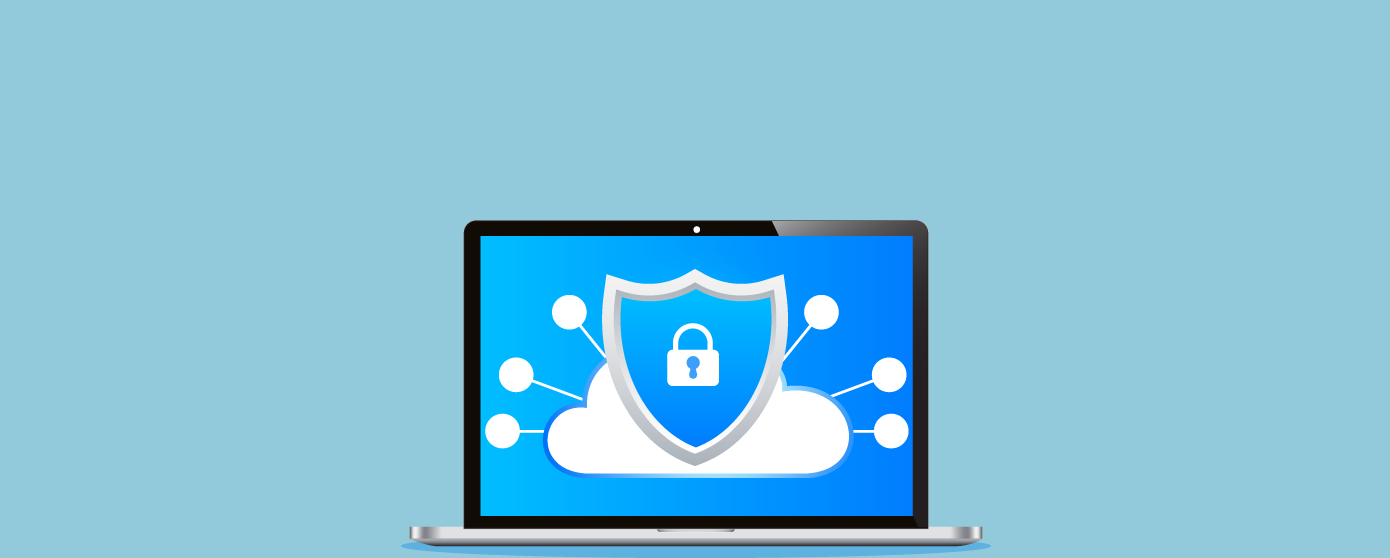
Many organizations migrate their data to the cloud. It has been predicted that public cloud services will grow and hit a record of $420 billion by the end of 2022.
The massive increase in cloud adoption will motivate cybercriminals to target organizations in the cloud environment. Though cloud environments are secured with various security measures, they still are vulnerable if not configured properly. The International Data Corporation surveyed 200 CISOs and reported that in the mid of 2021, nearly 98% of the companies had experienced at least one cloud security breach.
To have better security towards the cloud, it is necessary to have a proper security plan. Keeping an eye out for the new cloud security trends can help secure the cloud environment from data breaches.
Understanding cloud security development and demands help to maximize the benefits of cloud adoption and make a secure landscape. Here are the top 6 cloud security trends your security team needs to watch out:
Companies have their data and assets outside their network when it comes to the cloud, which must be secured. Cybersecurity mesh is a concept of having a distributed network and infrastructure, creating the security perimeter around the people and machines on the network. With this concept, companies can manage access to their data from a centralized security point. This also provides centralized security policies with enforcements distributed. Cybersecurity mesh is also considered as one of the building blocks of Zero-Trust architecture.
Zero-trust has the motto of “never trust, always verify,” which strongly implies that an organization should not trust anything outside or inside its perimeters.
Considering the recent approach of migrating everything to the cloud, zero trust must be enforced in every organization. Organizations rely on perimeter security and firewalls to protect their most valuable resources like user data and intellectual property.
Security teams are spending too much time on manual tasks since they lack the insight to reduce attack surfaces efficiently, especially in the cloud architecture. The practice of Zero Trust aims to enhance security around every device, user, and connection. In addition to that, it also provides the ability to manage threats proactively. This method helps in organizing and strategizing a thorough approach to counter threats.
As per the new cloud security trend, cloud infrastructure seems feasible and reliable compared to the old method; there are also types of methods to choose from. An organization can migrate their data completely onto the cloud or have partial data on the cloud and other services hosted privately. Most organizations prefer to use the hybrid approach since it proves to be more secure than moving the entire thing to the cloud.
The hybrid-cloud approach implies that services and applications that can be hosted are configured locally and can be migrated to the cloud. For example, containerization can be deployed in the cloud, other infrastructure level things like a local-work environment can be deployed on-premises and configured to work remotely.
The next popular cloud security trend is the multi-cloud environment. An IT survey reported that 95% of the companies are approaching a multi-cloud strategy. Multi-cloud proves effective when tools like SIEM and threat intelligence are deployed. One environment can contain security-based tools, and the others might have applications and other services.
Cloud-native applications are becoming more prominent when working on cloud platforms. These applications are specifically designed to work on the cloud. Cloud-native applications seek advantage of the speed and efficiency of the cloud platform. The security tools and platforms designed for the on-premises applications are not enough to protect the cloud-based resources.
Companies realized that failing to choose the right tools and platforms, could leave their applications exposed to threats. They are increasingly investing in cloud-based security tools like Apptrana WAF to prevent attackers from exploiting their resources in the cloud.
DevSecOps is a methodology that incorporates security protocols at every stage of an SDLC process. This makes it convenient to deal with threats during the lifecycle itself and not after something is exposed.
Ever since the deployment of DevOps, software releases have been shortened for every product release. DevSecOps proves to be secure and fast only with a fully automated software development lifecycle. It also enables businesses to innovate securely. This means that the entire supply chain will be filled with security measures and protocols.
To provide a massive digital transformation and security, the DevOps and Security teams must collaborate. Digital services and applications need stronger and better security in exponential amounts. This methodology must be enforced in a CI/CD pipeline to make it a continuous process.
Gartner said that “The Future of Network Security is in the Cloud.”
Gartner defined cloud-based cybersecurity as vital to securely connect users, systems, and endpoint devices to a single-cloud environment.
SASE is one such type of framework that provides a cloud-based cybersecurity solution and supports digital enterprises’ dynamic, secure access needs.
SASE’s working structure includes a combination of WAN with multiple security capabilities like anti-malware, security brokers, and securing the network.
The Way Forward
Cloud infrastructures have a vast variety of attack surfaces. Hence, cloud security practices are much more needed to secure the cloud environment from external threats. Even a small misconfiguration of a storage bucket might lead to disastrous data breaches.
With the right cloud security tools in place, you can automate security, prevent internal threats, and lower breach risks. Indusface AppTrana, for example, can go a long way in reducing cloud security complexity while driving innovation.
Stay tuned for more relevant and interesting security articles. Follow Indusface on Facebook, Twitter, and LinkedIn.
This post was last modified on July 4, 2023 15:37
Explore crucial tactics like Asset Inventory, Patch Management, Access Control & Authentication, and additional best… Read More
Delve into the data privacy questions including consent protocols, data minimization strategies, user rights management,… Read More
Secure Node.js APIs using best practices: Employ proper HTTP methods, robust authentication, and API-specific security… Read More